Join the discussion on this paper page.
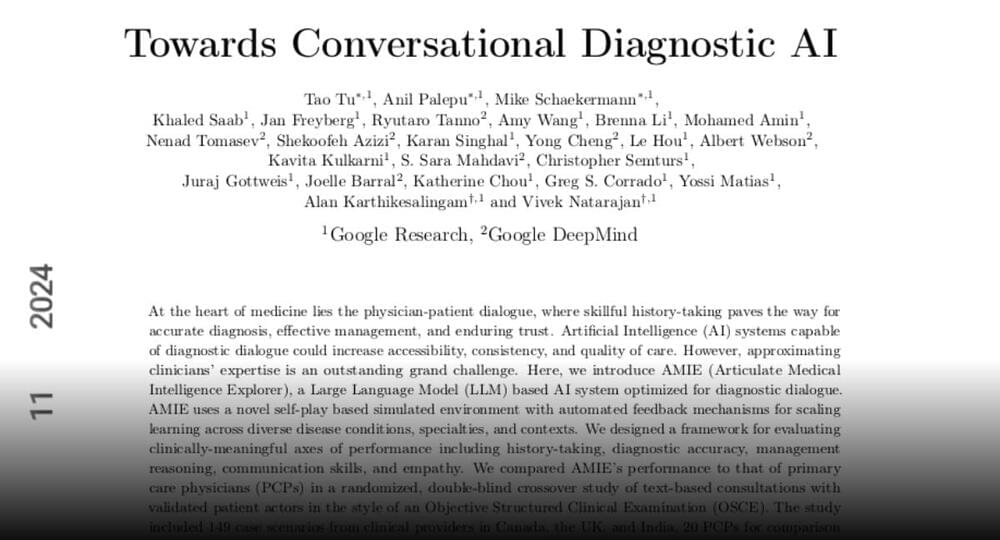

Manolis Kellis, an accomplished Computer Science Professor at MIT and member of the Broad Institute, is a trailblazer in computational biology. Renowned for leading the MIT Computational Biology Group, his impactful research spans disease genetics, epigenomics, and gene circuitry. With numerous cited publications and leadership in transformative genomics projects, Kellis has garnered prestigious accolades, including the PECASE and Sloan Fellowship, shaping the field with his international perspective from Greece and France to the US.
Fuel your success with Forbes. Gain unlimited access to premium journalism, including breaking news, groundbreaking in-depth reported stories, daily digests and more. Plus, members get a front-row seat at members-only events with leading thinkers and doers, access to premium video that can help you get ahead, an ad-light experience, early access to select products including NFT drops and more:
https://account.forbes.com/membership/?utm_source=youtube&ut…ytdescript.
Stay Connected.
Forbes newsletters: https://newsletters.editorial.forbes.com.
Forbes on Facebook: http://fb.com/forbes.
Forbes Video on Twitter: http://www.twitter.com/forbes.
Forbes Video on Instagram: http://instagram.com/forbes.
More From Forbes: http://forbes.com.
Forbes covers the intersection of entrepreneurship, wealth, technology, business and lifestyle with a focus on people and success.


A new, potentially revolutionary artificial intelligence framework called “Blackout Diffusion” generates images from a completely empty picture, meaning that the machine-learning algorithm, unlike other generative diffusion models, does not require initiating a “random seed” to get started. Blackout Diffusion, presented at the recent International Conference on Machine Learning (“Blackout Diffusion: Generative Diffusion Models in Discrete-State Spaces”), generates samples that are comparable to the current diffusion models such as DALL-E or Midjourney, but require fewer computational resources than these models.
“Generative modeling is bringing in the next industrial revolution with its capability to assist many tasks, such as generation of software code, legal documents and even art,” said Javier Santos, an AI researcher at Los Alamos National Laboratory and co-author of Blackout Diffusion. “Generative modeling could be leveraged for making scientific discoveries, and our team’s work laid down the foundation and practical algorithms for applying generative diffusion modeling to scientific problems that are not continuous in nature.”
A new generative AI model can create images from a blank frame. (Image: Los Alamos National Laboratory)
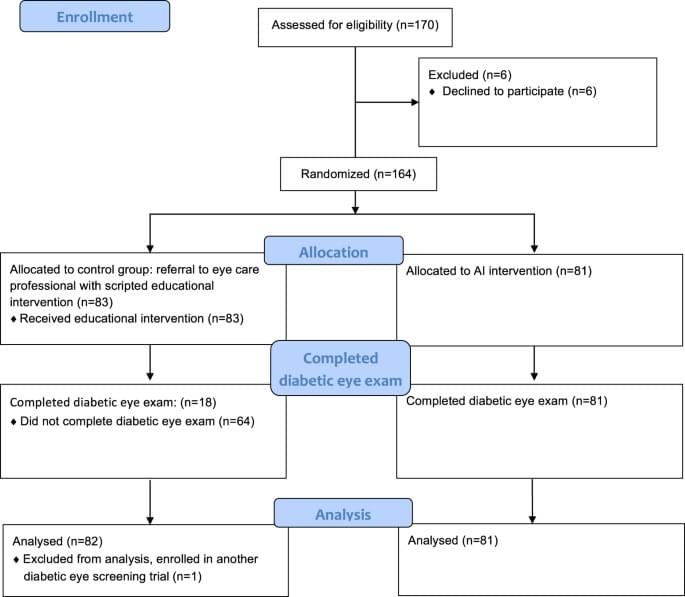
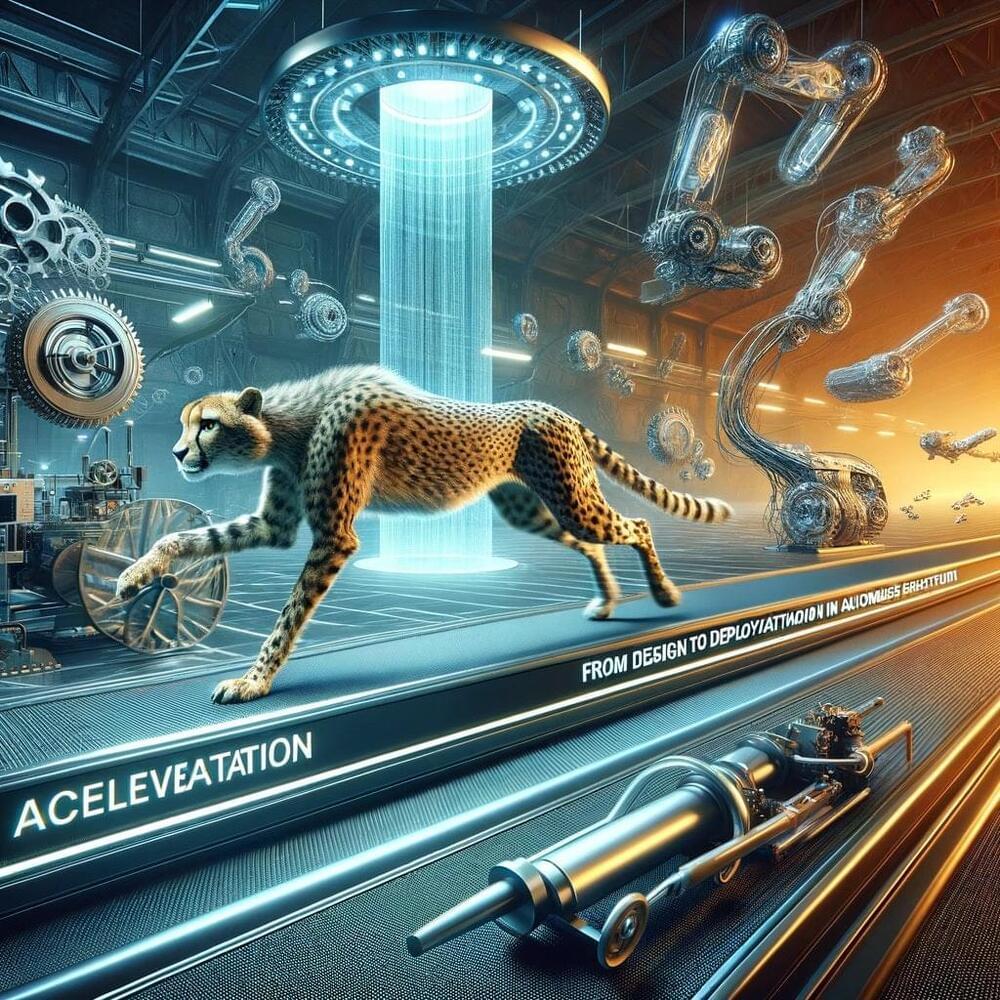
Welcome to the thrilling world of autonomous fabrication, where the only constant is change, and the speed of that change is akin to a caffeinated cheetah on a treadmill.
This blog focuses on revolutionizing the iteration cycle in autonomous fabrication, emphasizing the need for rapid and efficient transitions from design to deployment.
The overarching theme is the synergy between advanced technology and a transformative mindset in manufacturing, aiming for smarter, more sustainable, and compliant operations.
New A.I. tools could enable a Silicon Valley dream: bots that customize learning for pupils. Prior attempts have not lived up to the hype.
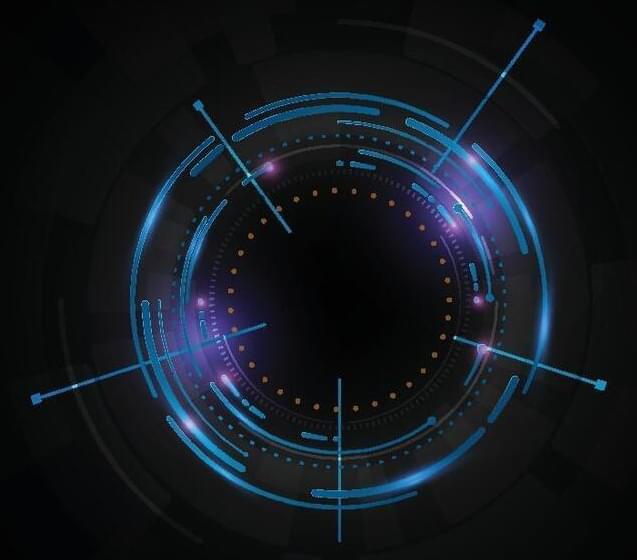
Artificial intelligence has progressed from sci-fi fantasy to mainstream reality. AI now powers online tools from search engines to voice assistants and it is used in everything from medical imaging analysis to autonomous vehicles. But the advance of AI will soon collide with another pressing issue: energy consumption.
Much like cryptocurrencies today, AI risks becoming a target for criticism and regulation based on its high electricity appetite. Partisans are forming into camps, with AI optimists extolling continued progress through more compute power, while pessimists are beginning to portray AI power usage as wasteful and even dangerous. Attacks echo those leveled at crypto mining in recent years. Undoubtedly, there will be further efforts to choke off AI innovation by cutting its energy supply.
The pessimists raise some valid points. Developing ever-more capable AI does require vast computing resources. For example, the amount of compute used to train OpenAI’s ChatGPT-3 reportedly equaled 800 petaflops of processing power—on par with the 20 most powerful supercomputers in the world combined. Similarly, ChatGPT receives somewhere on the order of hundreds of millions of queries each day. Estimates suggest that the electricity required to respond to all these queries might be around 1 GWh daily, enough to power the daily energy consumption of about 33,000 U.S. households. Demand is expected to further increase in the future.

University of California, San Diego developed this implant using a high electrode density combined with machine learning.
“We are expanding the spatial reach of neural recordings with this technology,” said study senior author Duygu Kuzum, a Department of Electrical and Computer Engineering professor at the UC San Diego Jacobs School of Engineering.
“Even though our implant resides on the brain’s surface, its design goes beyond the limits of physical sensing in that it can infer neural activity from deeper layers,” added Kuzum.
The study team tested this implant on transgenic mice.
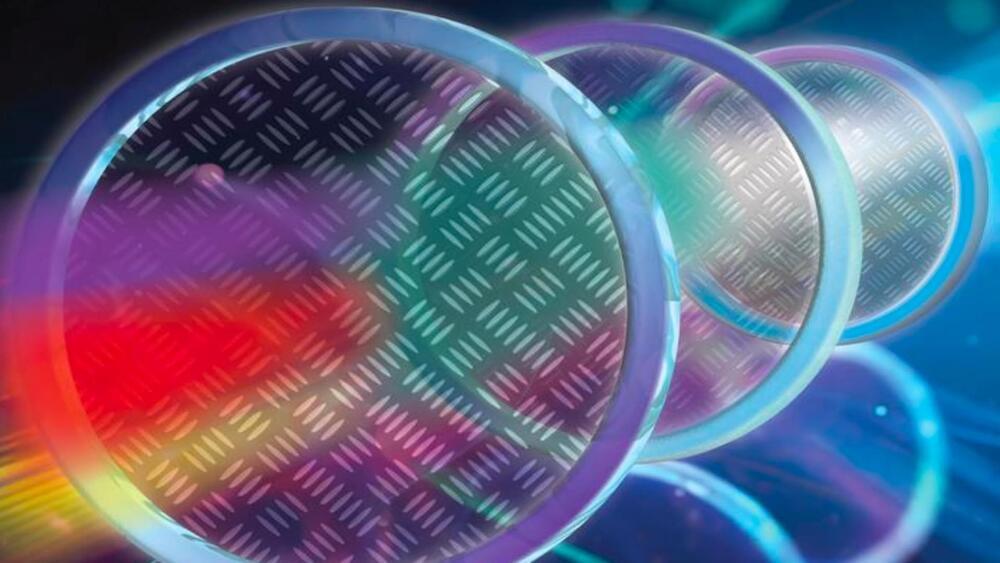
New method captures better thermal details, helpful for self-driving, identifying materials, and enhancing security measures.
Scientists have created a novel technology using meta-optical devices to conduct thermal imaging. Like a pair of glasses, this device does thermal imaging and can also identify the objects being imaged.
This expands the potential applications of thermal imaging in various fields, including security, thermography, medical imaging, and remote sensing.
“Our method overcomes the challenges of traditional spectral thermal imagers, which are often bulky and delicate due to their reliance on large filter wheels or interferometers,” said Zubin Jacob, research team leader from Purdue University.